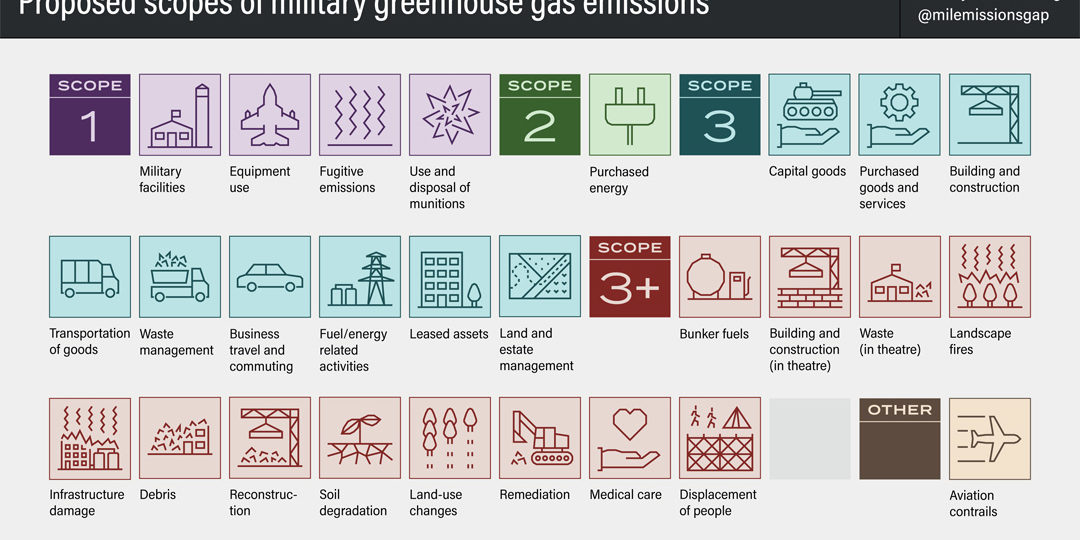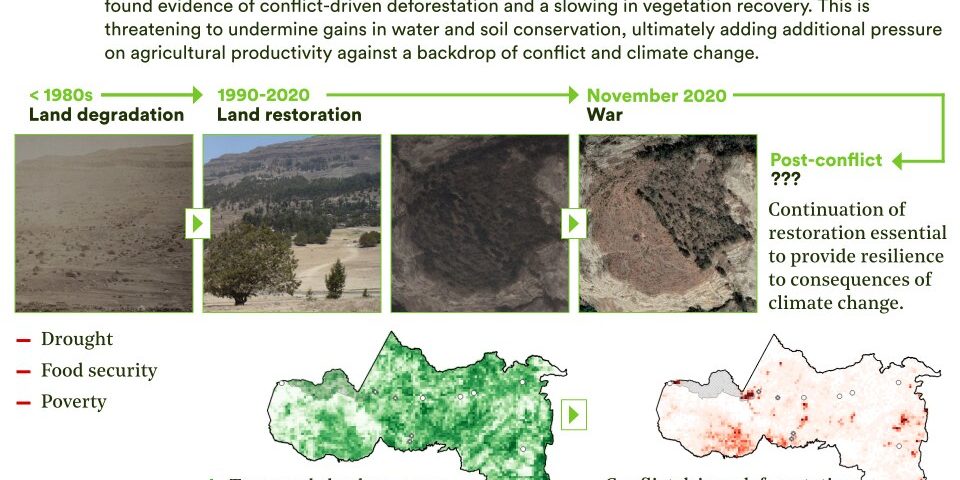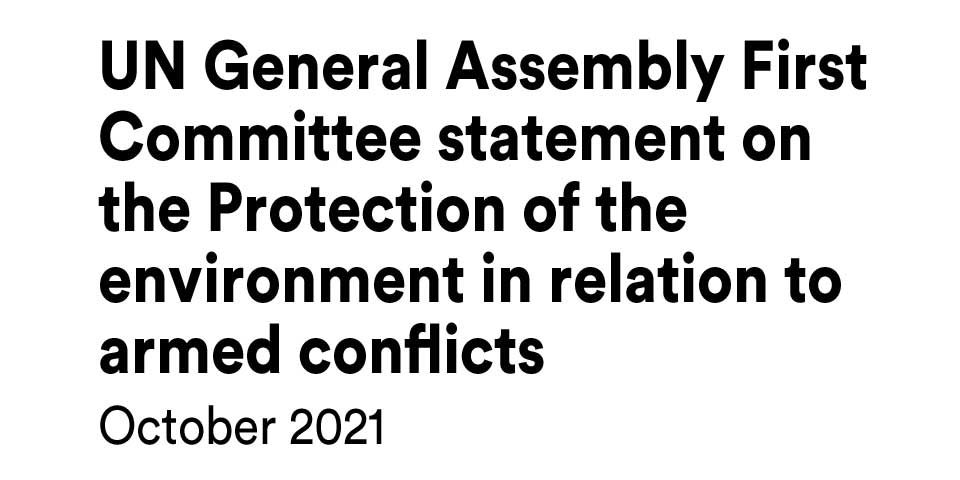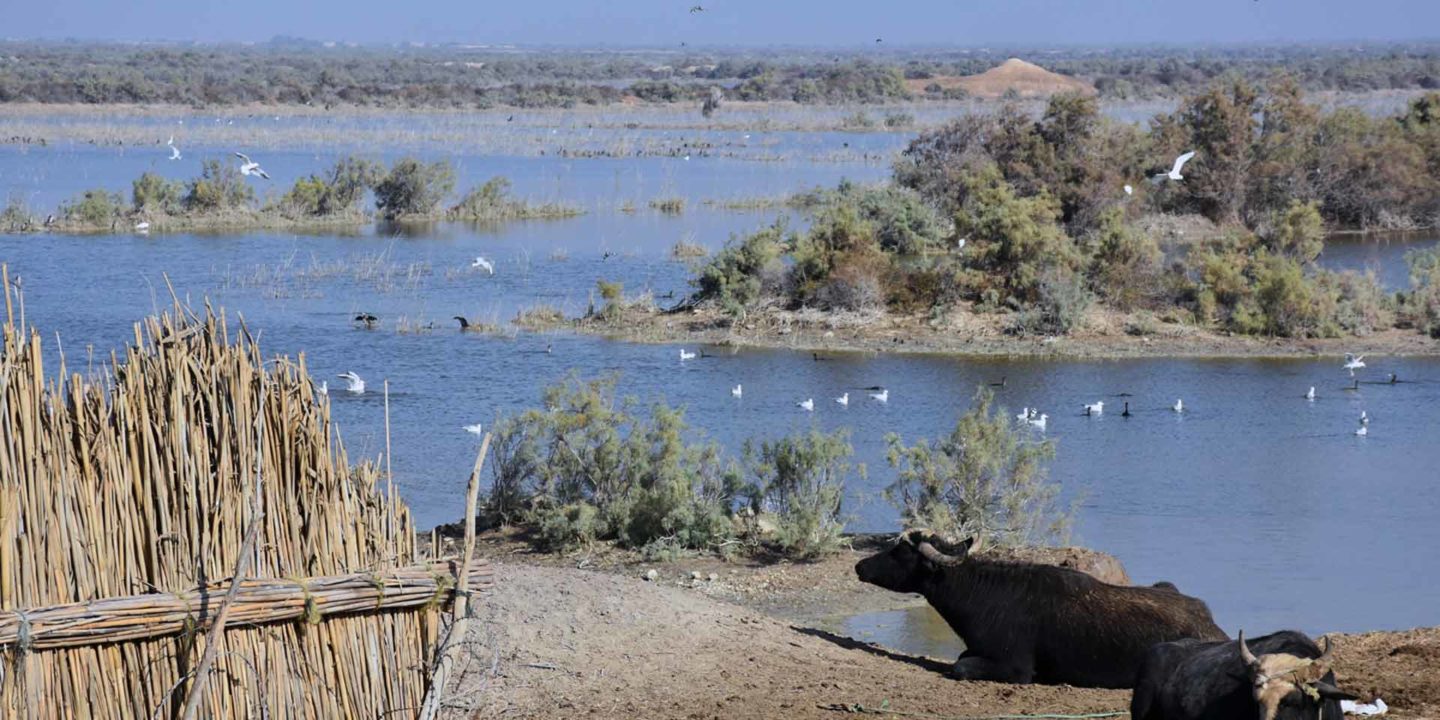Report: A framework for military greenhouse gas emissions reporting
This paper examines the need for military greenhouse gas emissions reporting, its functions and components, and sets out an initial framework for the military sources that emissions reporting should cover, including those associated with armed conflicts.








